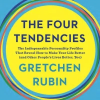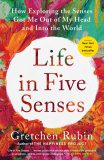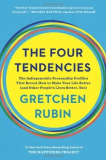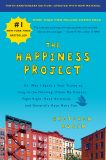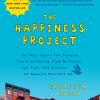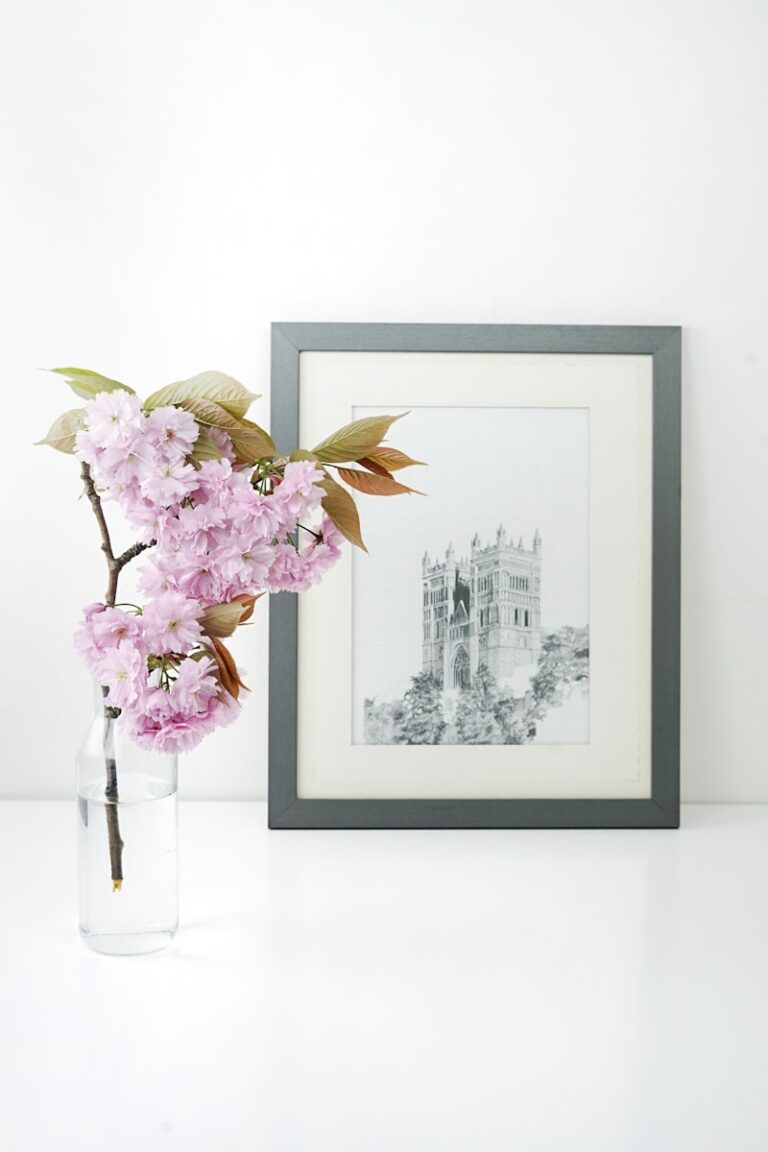

NOTE
Since we released this episode, I’ve heard from listeners in other parts of the world, who say, “You’re just not feeling the severity of the pandemic yet. We’re so worried about what’s happening, about getting sick ourselves or about the people around us, about what’s happening with work, what the future holds, we can’t think about things like doing projects. A huge percentage of the population will get this virus, and get sick from it.” That’s true. Such good points. Elizabeth and I are talking about what we’re experiencing right now — and things are changing very fast. For people who’ve been dealing with COVID-19 longer, what do you wish you’d done differently? What can we do now to help ourselves, our neighbors, our friends and family, our country, the world? ***
This week, we’re jumping into our usual podcast feed to do a bonus episode to discuss (of course) COVID-19.
We recorded this episode on March 14, 2020, at 3 pm EST. Events are moving very fast.
People are feeling overwhelmed with uncertainty and anxiety, so we thought it would be great to have a conversation about this extraordinary situation.
Also, because it’s so helpful to talk about these issues, Elizabeth and I are going to start doing a daily Instagram Live. We did one the other day, and had such an enthusiastic response, we think it’s worth doing regularly.
If you’re interested in joining the conversation, follow me on Instagram, and I’ll post in my stories when the next one is happening. We are aiming for Monday-Friday every week.
We’re all stewing in anxiety, and stuck at home to maintain good social distancing. Given this situation, Elizabeth and I want to find ways to bring people together with a sense of connection, fun, and practical solutions.
For this bonus episode, we suggest two social-distancing-related “Try This at Home” ideas. And because this episode is inspired by one giant happiness stumbling block, we’ll talk about two stumbling blocks.
Try This at Home #1:
Keep a COVID-19 journal of some kind. It’s an extraordinary time in the history of the world, so think about documenting your experience in some way.
Keeping a journal will help you process this experience as it unfolds. Research shows that by creating a narrative of what happens to us, we help ourselves process it — and make meaning from it.
Keeping a journal can also help us get a feeling of control, which, though irrational, may be helpful. Putting thoughts on paper also helps to clear the mind, because you’ve articulated your worries, observations, reflections, and to-do lists, and you get more insight and clarity.
Also, later in life, you’ll probably want to look back at this journal.
I’ve started one, and I’m going to try to convince Eliza and Eleanor to keep journals, too. Elizabeth is creating a scrapbook with friends by putting photos in a group Dropbox folder. They’re looking for big moments (the email from the school announcing the closing), journalistic moments (empty shelves at the grocery store), and moments of humor or sweetness or absurdity.
If you want to keep a journal in a very manageable way, consider doing a one-sentence journal. One sentence is enough to bring back many memories, and it’s very manageable. I write about my one-sentence journal in The Happiness Project.
Try This at Home #2: Create a three-tiered plan for projects. Being stuck at home is an opportunity that none of us wished for, but it’s an opportunity nevertheless. Look for ways to use the time to get things done you otherwise wouldn’t be able to do.
In my happiness bully way, I’m proposing a framework and a whole slate of activities to my family. For one thing, I’m going to propose a three-tiered plan for projects for us to plan.
- Ambitious projects are challenging and worthy. I plan to work on my book about the body and the senses. You might figure out ways to cut out expenses in the future or take an online certification course to improve your job prospects when this is all over.
- Medium projects require some effort but are also fun or at least not very challenging. Practicing calligraphy, trying some challenging recipes, and finally preparing your Facts of Life book (as discussed in episode 185, with a deep dive in episode 188). I plan to work on my Aphorisms book.
- Fun projects are purely enjoyable and low-effort. Eleanor wants to watch the TV show Gray’s Anatomy, maybe I’ll tackle Mad Men (an item I didn’t complete on my “19 for 2019” list), someone else might re-read all of Jane Austen.
If that approach doesn’t appeal to you, do “19 for COVID-19.” (Get it?) This is a twist on our “18 for 2018,” “19 for 2019,” and “20 for 2020.” Make a list of 19 things you want to do during this time.
This experience is forced on us, so let’s cope with us it in healthy ways, instead of falling apart—which doesn’t help anyone or anything.
Of course, with these suggestions, we don’t want to sound too Pollyanna-ish. We recognize the catastrophic consequences that will result from this pandemic. We’re at the beginning of a long challenge for our country and the world. But let’s work together to try to deal with this time as best we can, under the circumstances.
Happiness Stumbling Block #1
Uncertainty.
So many stumbling blocks, it’s hard to wrap your arms around them. (One stumbling block? Toilet paper!)
One major stumbling block is uncertainty. There’s a lot that is not known, and only time will tell, and that’s hard to cope with. Things are changing very fast.
We all know that we should limit time scrolling through the news for hours, but it’s hard to stop when it feels like there’s actual news.
If you’re feeling very anxious, you might listen to our episode 240: Use the Emergency Kit for Anxiety, Worry, and Stress. Some key ideas from that discussion include using:
- Distraction
- Planning
- Scheduling time to worry
- Identifying the problem
Remember, things will get clearer. More will be known, we’ll get more clarity, as time passes.
Happiness Stumbling Block #2
Exercise.
Physical activity is so important for health, immunity, and mood, but exercise is going to be a challenge. For most of us, our habits are disrupted. So it’s important to have a plan for what you’re going to do.
For one thing, keep up with your #Walk20in20—and here’s a hack: your daily 20-minute walk is a good time to call someone! Social contact is so important, so by walking and talking, you achieve two important aims. Hang in there, everyone.
I keep thinking of one of my favorite aphorisms, from the Roman poet Ovid: “Be patient and tough; one day this pain will be useful to you.” None of us want to experience this lesson, but we can learn from it, if we will. Or here’s another aphorism, from Oscar Wilde: “I have got to make everything that has happened to me good for me.”
As Elizabeth pointed out, it’s possible that a worse virus could happen, and as terrible as events are, the fact that we’ve had this sort of worldwide practice run could save us from a more terrible fate.
If you want more ideas about coping with COVID-19, I wrote a post: 11 Tips for Staying Calm During the Time of the Coronavirus.
What ideas, insights, hacks, and challenges do you have? We can all learn from each other. Stay home, stay healthy. Let’s keep our hands clean and our minds clear. Want to check out the other resources I’ve created for coping during COVID-19? Click here.
Resources
- If you’re looking for some mood-boosting music, we made a Happier 911 list on Spotify. So much great, happy music! All the songs were suggested by listeners.
- An easy way to make every day happier is to subscribe to my free “Moment of Happiness” newsletter. Five days a week, I share a quote related to happiness or good habits. Join at gretchenrubin.com/newsletter.
LATEST episodes
YOU MIGHT ALSO LIKE
- September 23, 2019

